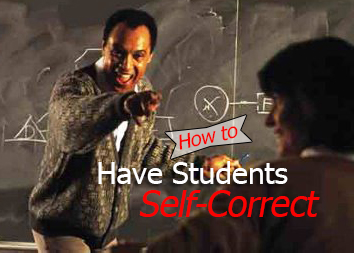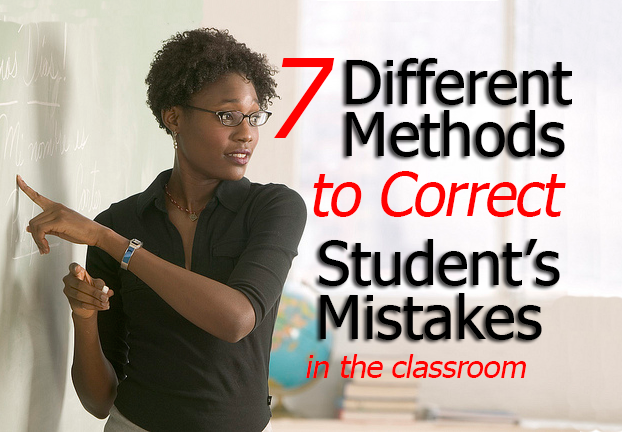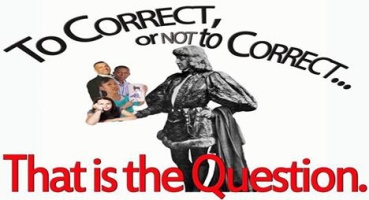Click edit button to change this co de.Click edit button to change this code.
Let’s face it, we can’t always correct every error made in our classes. As teachers we need to learn when to let some errors go to improve other aspects of our lesson. Below is a good list of when you should keep your seat belt on and not jump in to correct a student’s error. [Read deeper: To Correct or not to Correct, That is the Question.]
-
The teacher’s involvement would interrupt the flow of pair work or a group activity.
-
The error can be addressed momentarily by back tracking a little bit.
-
The student can somehow be prompted to self correct their own error
[Read Deeper: How to Push Students to Self Correct Their Own Mistakes] -
The error made goes significantly beyond the student’s current capabilities in English.
-
The error shows they don’t understand a language point you plan to teach in the future.
-
The error is fossilized, student is well aware of the error, pointing it out would only frustrate them.
-
The student showed great improvement in another aspect of their answer and you want to give them a clear win.
-
Correcting the error may knock their confidence in the current situation.(They are already having a bad day, uncomfortable speaking in front of the class, etc.)
-
The focus of the lesson is on listening or reading comprehension, not on accuracy in spoken English.
-
You have prepared and will soon use an expected list of errors to be made and theirs is on that list.
Please tell us some good reasons not to correct students we may have missed in our list in the comment section below for others to benefit from. Also feel free to share this post via the share buttons here on this page.






